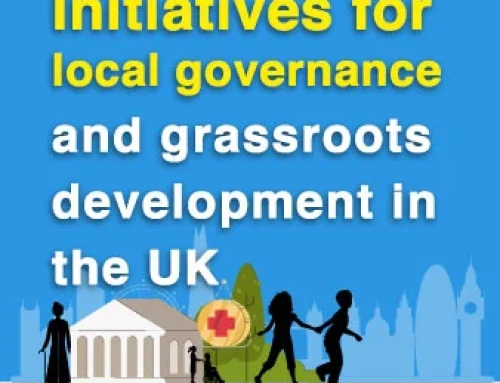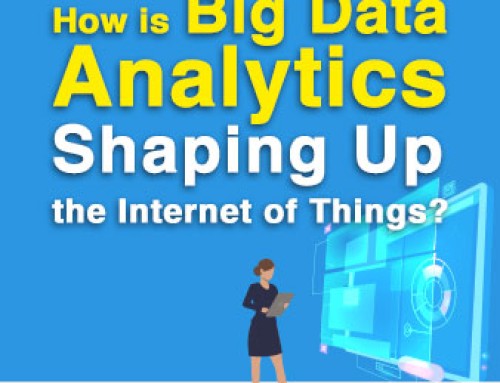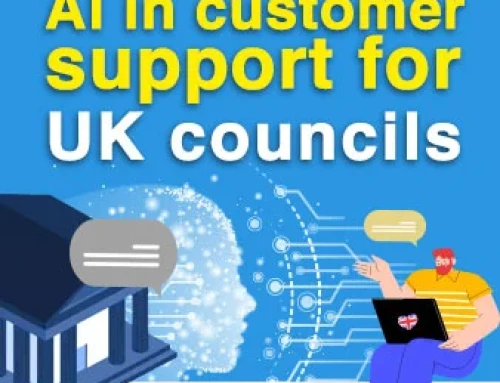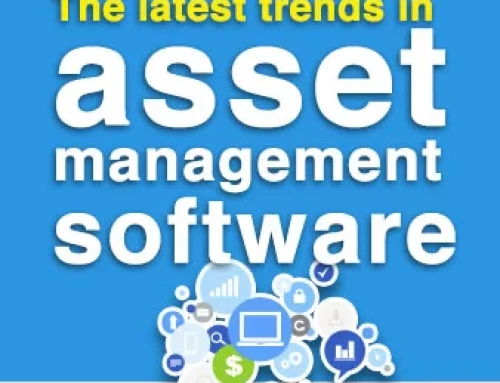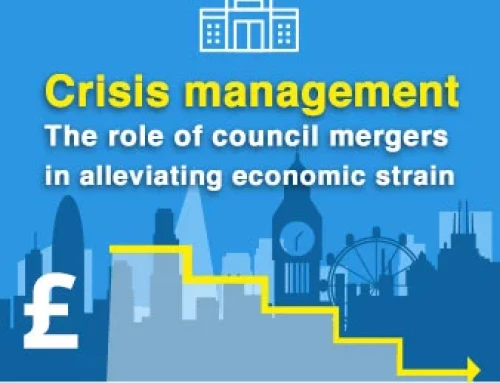Importance of IoT in Public Sector
CAB – Connect. Analyse. Brim.
The connected devices have found their place everywhere. Internet of Things or IoT is a hot potato of the recent times. This technology is all about the devices connected via a network. It involves exchanging the data, analyzing the collected data and acting on it to optimise the operations. It is a world of sensors, actuators, and connectivity. These connected devices surround us and collect our data to deliver personalised services. In a nutshell, IoT is transforming the way we live and work.
Any object equipped with sensor or actuator and connected to the Internet can send and receive the data. IoT uses this large amount of data to analyse and enable automated actions. Wearables like fitness belts, smart home appliances, security systems, smart traffic sensors, connected cars, etc. constitute a broad range of IoT-based devices. And we can’t deny that our lives are becoming easier with them. Also, it is benefitting the businesses to improve efficiencies. Every sector is exploring the potential of IoT. No doubt why the government at local and national levels is investing in and harnessing the power of connected devices.
How IoT accelerates innovation in public sector?
It’s a global urge to turn cities into ‘smart cities’. Every government is undertaking various approaches to boost their economies. And, going digital is a no-brainer! In fact, we are already witnessing the digitalization in the form of citizen reporting applications, dedicated government portals, and paperless working with mobile apps. IoT will make the game stronger. It will boost their digital efforts. We will see a new dawn of digital administration by leveraging the Internet of Things.
IoT will help the government make accurate decisions. Utilizing the collected data to its full potential, the public sector can meet the challenges of cost and revenues. The newer technologies will streamline the working with lesser manual intervention. It will facilitate better resource and time management. The government can ensure optimal service delivery to its citizens. By connecting the devices to modernize processes related to healthcare, waste collection, traffic and transportation, energy management and education, the public sector can reform its structure and work.
Which are the IoT-potential areas in public sector?
Well, IoT marks a new beginning for the entire public sector. To serve their citizens in the most appealing way, they should start exploring the applications of IoT. Although, the authorities cannot transform everything overnight in a single shot, but, starting with the core processes can be helpful. Enlisting few of the many potential areas of IoT-
Healthcare
Healthy citizens are the real assets. Reaching out to patients, making care services available and ensuring the accurate diagnosis is crucial. IoT simplifies healthcare. It enables remote monitoring, timely care, sensor-based equipment, ingestible sensors, smart beds in the hospital and real-time tracking for mobile healthcare. IoT promises affordable and accessible healthcare services.
Traffic and Transport
IoT indicating the vehicle condition is not a new thing. The public sector can make use of IoT to monitor traffic conditions. IoT is also useful to manage public transportation. It can use sensors to determine the waiting time, frequency of vehicles as per the passengers, vehicle-to-vehicle communication to avoid traffic congestion and accidents and better management of vehicles.
Environment
It is important for a government to realise the sustainability goals. IoT sensors are of a great help to control the pollution and gift a better surrounding to the people. For example, using sensors to measure harmful emissions; air, noise and water pollution levels. On the other side, IoT can also help to detect problems in buildings and assets, fix them in advance and prevent any loss to the environment.
Emergency Services
Public sector can prepare to address natural disaster and emergency management with IoT. Gathering and analysing the data gives insights to future emergencies. Sensors can measure the pressure, fog, smoke, temperature, fire, and detect incoming issues. Though there is no possibility to avert it completely, the loss is minimal.
Waste Management
Smart bins and trash collectors are the IoT-based applications for the waste management. The Smart Waste Collection market shall reach over $220 million in 2025. Sensor-enabled bins can signal the agencies to collect the trash on time. GPS-enabled trucks get to take the most optimal route. It promotes integrated waste management and recycling services.
Security and Surveillance
Considering the alarming terrorist and bombing incidents, security has become a concern for the government. The new-age drones with IoT technology improve the security and surveillance systems. It supports real-time coordination and instant communication on detecting something unusual.
Check out the UK IoT examples so far…
Pushing a change or introducing a new technology in the public sector is not an easy task. The acceptance of IoT has been comparatively slower in the public sector. Still, there are some pioneering examples to encourage the fraternity. To stimulate the growth of UK IoT and support the ‘smart cities’ initiative, the British government allotted a fund worth £40m. In December 2015, the government awarded the CityVerve Project with £10m prize money. The Manchester-based project included the use of IoT to develop talkative bus stops. It used sensors to alert bus operators about the waiting commuters.
The other project addresses the dementia sufferers and their carers. The Surrey and Borders Partnership NHS Foundation Trust runs this ‘THIUM for Dementia’. The Department of Health has given a fund of £6m allowing clinicians to use an effective combination of the connected devices and provide care while the patients are at their homes. Diabetes Digital Coach is another testbed enabling the diabetic patients to self-manage themselves. The healthcare professionals can analyse the data and suggest the right treatment.
Innovate with IoT
There is no denying to the scope of IoT in the public sector. But, there is a catch! IoT means endless amount of data. The organisations can gain from it only if they have the right solution to manage and leverage this data. Making use of the right platform will ensure the proper use of the collected data. The authorities need to deploy a highly-secure and configurable platform. It will give them a degree of control. Like iTouchVision’s centralised master data management follows an agile approach to govern the flow of data. The solution is capable of managing data from different sources. It organises the silos in a standard manner for predictive analytics.
The government should be more active with the UK IoT initiatives. This cutting-edge technology will help to cut costs and meet the citizen expectations. In turn, they can also garner quick ROI. Start planning today for a connected future. Connect the devices, Analyse the data, and Brim with success. Having worked with the public sector leaders since years, we understand their challenges. Feel free to consult our service delivery experts about this game-changing IoT.

